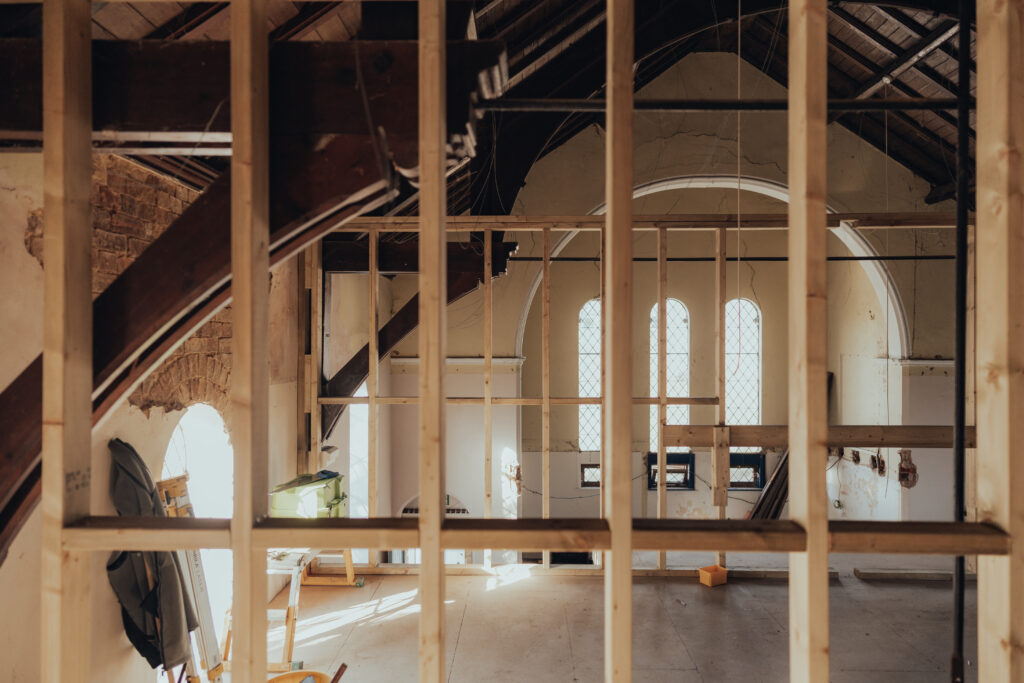
Like many other industries, the construction industry in the UK is facing a significant labour shortage.
According to the latest Construction Skills Network report, 53,200 additional workers are needed each year to reach the industry target of 250,000 new workers before 2026. A considerable hill to climb in a climate beset by economic uncertainty and a soaring cost of living crisis.
Under the wider umbrella of construction, it’s carpentry and joinery that are being identified as being particularly susceptible to recruitment pinch points in 2023. And it’s this labour shortage that’s causing concern among many industry leaders, raises concerns that it could lead to costly delays and disruptive overrunning on projects.
What’s the solution?
The response to this looming crisis has been somewhat of a welcome surprise. The increase in women entering the industry.
The drive to increase the number of females choosing to train, work and progress in the industry – in the hope of diversifying the workforce with new and innovative talent – has been long in the making. It is only now however, when the industry is facing unprecedented challenges, that that dream has finally become a reality.
There are several reasons why this is happening:
It’s no secret that women make up a relatively small percentage of the construction workforce. According to a report by the UK Government, only 11% of the construction industry is female. Meaning there is a large pool of untapped talent currently not being utilised.
Secondly, construction industry skills shortages are in particular areas such as engineering and project management. Areas traditionally under-presented by women but ones that could greatly benefit from the unique skill set a more female-led workforce could bring.
Both of the above are incredibly strong examples of why attracting women into these areas should be a high priority for the Construction Skills Network to gain a quick win.
Thirdly, the construction industry is facing a very real demographic challenge as the baby-boomer generation reaches retirement age. This means the industry will need to replace many experienced workers in the coming years. Therefore, recruiting more women can help fill this gap, while also bringing new perspectives, ideas, and revenue-driving value to the industry.
In addition, the construction industry has a bad reputation for being too male-dominated and uninviting to female workers. Thankfully however, this seems to be changing as more women continue to join the industry, cause an 18% rise over the last twenty years. This increase is leading to a more diverse and inclusive workforce, a positive for the industry, and wider community, as a whole.
Finally, the construction industry is facing pressure to improve sustainability and reduce its carbon footprint – and research has shown that companies with more women in leadership positions tend to perform better on sustainability measures. This is likely because women tend to bring a more collaborative and inclusive approach to problem solving, which can lead to better innovation and more viable sustainability solutions.
Overall, the construction industry in the UK is turning to women amid labour shortages to address the skills gap, the result is an increase in equality, inclusivity, diversity, and sustainable practices. A win-win all round.
Are labour shortages causing delays to your projects? With ProntoCalc you can accurately estimate your labour requirements to give yourself ample time to advertise and recruit the right talent for your next project.
For more information and to secure a 14-day free trial click here



